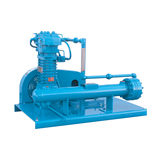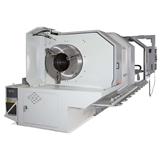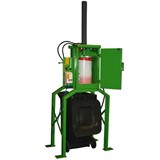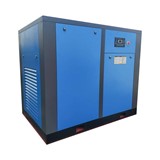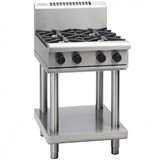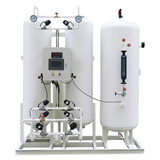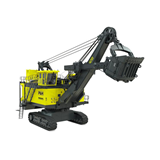Despite concerns over the global economy and the introduction of new domestic taxes on carbon, iron ore and coal mining profits, Australia‘s mining sector will boom right through the next five years, according to a new report released by independent economic forecaster and industry analyst, BIS Shrapnel.
BIS Shrapnel‘s Mining in Australia 2011 to 2026 report forecasts annual mining investment in Australia will surpass $80 billion by 2015 (in constant 2008/09 prices) boosted by the development of multi-billion dollar projects across the oil and gas, iron ore, coal and copper sectors.
Mining fixed capital investment alone — covering construction and plant and equipment — will rise 75 per cent to nearly $60 billion by 2015/16. As a share of total private investment, mining investment will have risen from 7% to 20% over the decade to 2015.
Meanwhile, after a floods-driven setback in 2010/11, Australian mining production is expected to pick up strongly across most commodities in 2011/12 and accelerate in subsequent years as global demand improves and several years of investment in new capacity begins to bear fruit.
According to the Mining in Australia report, the real value of mining production will rise nearly 50 per cent over the five years to 2014/15, following a decline of 2.8 per cent in 2010/11 due to the Queensland floods.
Overall, the strong performance of the mining sector will help underpin a robust acceleration in the Australian economy, with growth in Australian Gross Domestic Product (GDP) forecast to rise to 3.1 per cent in the year to June 2012 and 3.8 per cent in the year to June 2013.
Total private investment is forecast to grow 7.6 per cent in 2011/12 and 11.7 per cent in 2012/13, with mining investment the key growth driver.
While the global economy remains very patchy, the long term outlook for key commodities is still very strong, Adrian Hart, Senior Manager for BIS Shrapnel‘s Infrastructure and Mining Unit, said.
Demand for metals and minerals continues to be driven by the long-term industrial development of China and India, which is also delivering growth in other Asian economies. This is underlined by the number of very large mining and energy projects in Australia which have recently commenced or been approved across LNG, coal, iron ore, copper and gold.
Clearly, mining companies are not overly perturbed by current global economic conditions or the prospect of new Australian taxes on resource profits or carbon.
According to the report, mining investment paused in 2009/10, as new projects were shelved in response to the global financial crisis. However, new mining investment is estimated to have surged 11 per cent in 2010/11 and will increase a further 66 per cent to $83 billion (in constant 2008/09 prices) by 2015/16.
The strongest increases will come from new oil and gas investment – and particularly the new LNG projects underway or proposed for Queensland (Curtis Island, Gladstone, Australian Pacific, Shell) Western Australia (Gorgon, Wheatstone, Prelude) and the Northern Territory (Ichthys). Importantly, many of these projects will still proceed even if global economic conditions remain weak.
Meanwhile, coal and iron ore investment also bounced back strongly in 2010/11 and will grow a further 60% and 40% respectively over the next 5 years, according to the BIS Shrapnel report.
Longer term, the new investment boom is forecast to provide a substantial lift in work opportunities for contractors and suppliers to the mining industry. Assisted by a bounceback from the Queensland floods, mining production is forecast to rise 5.2% in 2011/12, then 8.9% in 2012/13.
Black coal production is expected to rise 30% during these two years, and surpass 600 million tonnes per annum by mid-decade. From 2012/13, surging oil and gas, and iron ore production from multi-billion dollar greenfield and expansion projects will sustain record rates of growth.
Over the five years to 2015/16, mining production is forecast to rise 45% in real terms — the strongest rate of growth since the 1980s. Mining maintenance activity will also rise substantially — from A$6.5 billion to A$8 billion per annum (in constant 2008/09 prices) — due to the rapid expansion in capital stock and the ability of miners to pay for maintenance work.
Supply side risks to the outlook
BIS Shrapnel‘s Mining in Australia report notes that rising production and the return of strong investment growth will also bring back the same problems which previously constrained the boom in mining. These include skills and equipment shortages, capacity constraints in key rail and port transport chains, a lack of supporting infrastructure in regional mining locations and rapid increases in construction costs.
According to Hart, these supply side risks will likely constrain the upswing in investment through the next five years as mining companies scramble for skills and experience large cost blowouts on major projects.
While the outlook is very positive, the coming boom will still not be as strong as indicated by recent industry surveys of expected investment, according to BIS Shrapnel.
"We expect that not all projects will get off the ground given red hot competition for labour and equipment. Consequently, this may mean we will see a more prolonged cycle in investment and ramp up in production than industry expectations suggest," the report said.
Work for Australia?
Worse, according to Hart, is that Australia will miss out on many of the benefits from the mining boom as miners offshore a larger proportion of fabrication and steelwork requirements — particularly the construction of modular structures which can be .floated in. for LNG from assembly yards in Asia — as well as bringing in temporary overseas-based workforces during the construction phase.
Realistically, the only way that these high levels of investment can be delivered in such a short time frame is through a substantial skills immigration program, Hart said. But it is also discouraging to see how little work Australian manufacturers and suppliers are getting on some of the very large projects.

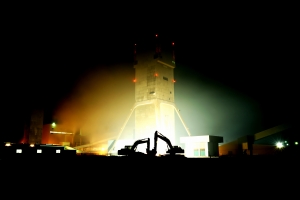

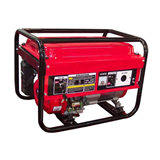


-160x160-state_article-rel-cat.png)


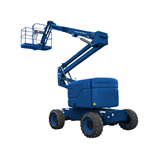



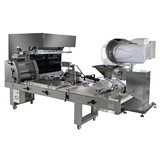

-160x160-state_article-rel-cat.png)

